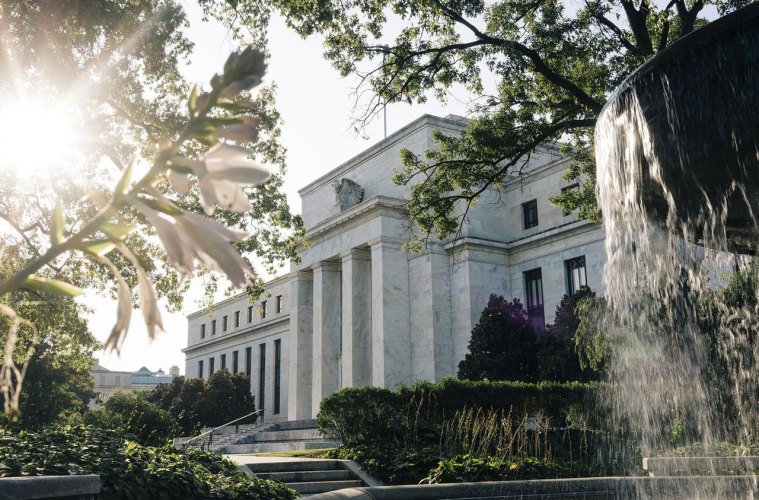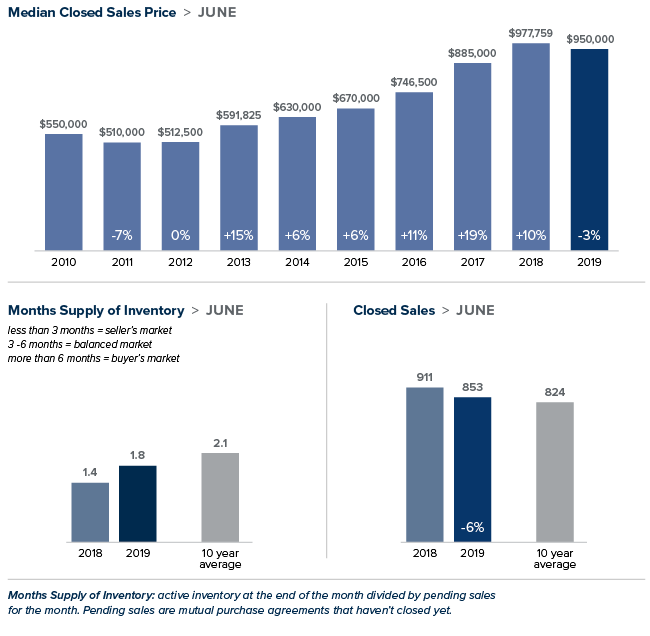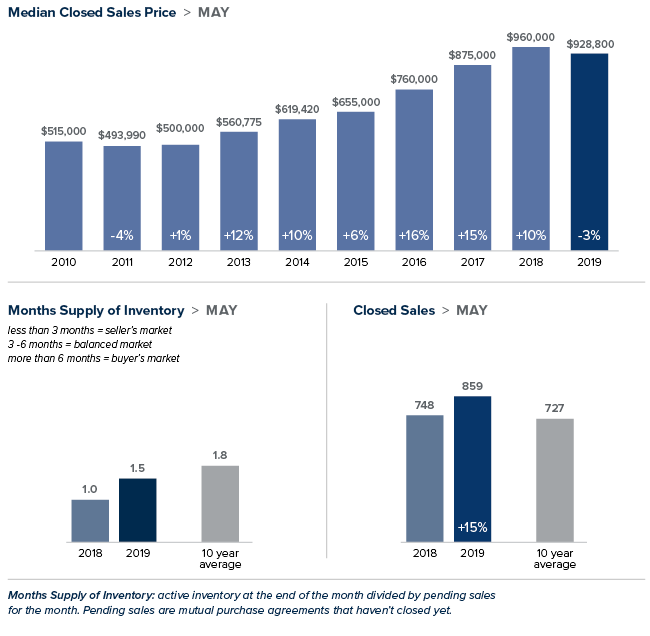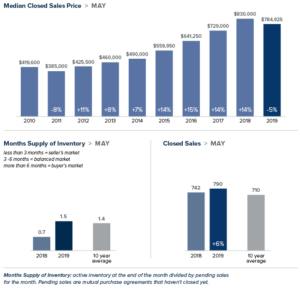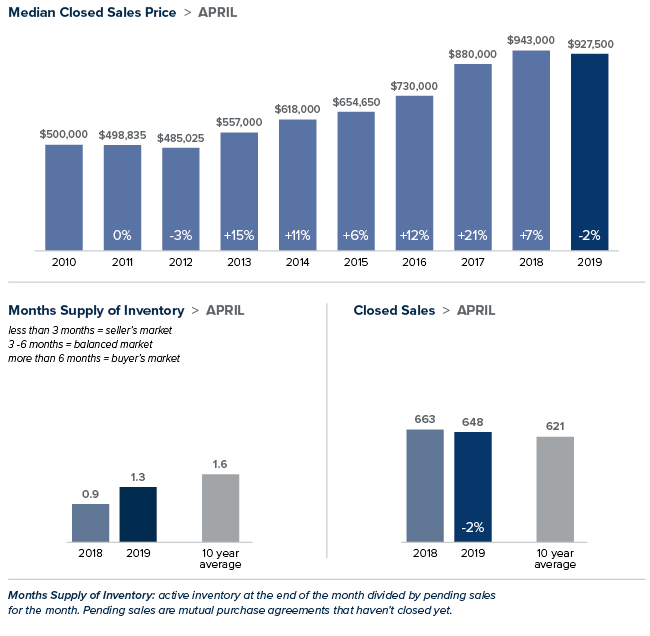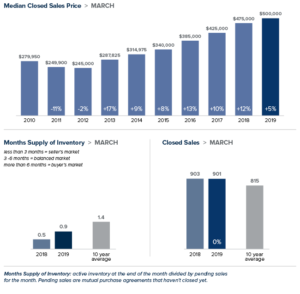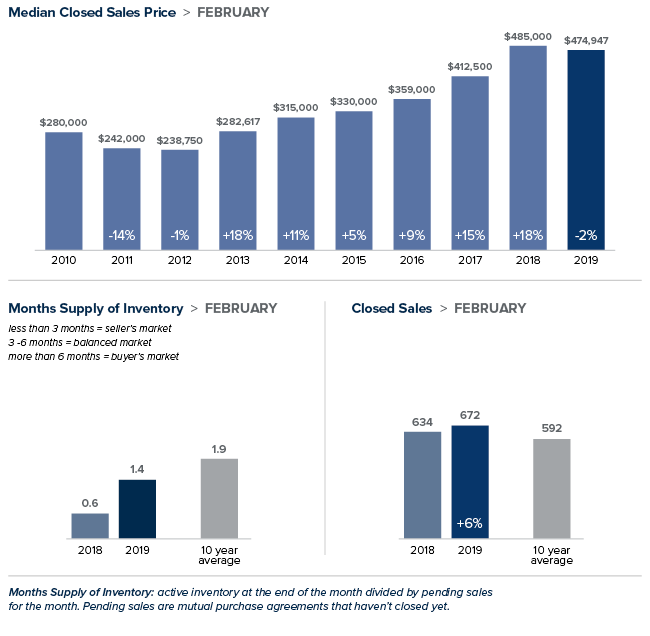
Americans juggle a lot of interest rates in their daily lives. They pay interest on car loans, credit-card balances and mortgages. They earn interest, at least a little, on the money they save with banks.
Technically speaking, Federal Reserve officials did not touch any of those rates when they announced a quarter-point interest-rate cut Wednesday, the first cut in a decade. The rate they reduced is the federal funds rate, which is what banks and other financial institutions charge one another for very short-term borrowing.
Most consumers don’t do that sort of overnight borrowing, but the Fed’s moves still affect the borrowing and saving rates they encounter every day.
The effect is not always direct or immediate, so consumers probably will not wake up Thursday to find that all of their favorite rates have changed by a quarter of a point. There is even solid evidence that the mere expectation that the Fed would cut rates Wednesday had already pushed down some of the key rates that consumers pay.
One of the biggest potential effects of the Fed’s cut may be one you don’t see: heading off a recession. If the move works, it could prevent the economy from weakening and forestall layoffs and other economic damage that could hurt workers and consumers.
Here’s where you might see effects from the cut.
Your Savings Account
When the Fed held rates near zero for years after the 2008 financial crisis in hopes of stoking growth and job creation, there was basically no financial incentive to save money with a bank. Near the end of 2015, the average one-year certificate of deposit account yielded an annual return of just over 0.25%, according to Bankrate.com.
Fed officials have raised rates nine times since then, by a quarter-point in each instance. The increases have lifted savers, though not by that much. The average yield on a one-year CD briefly cracked 1% earlier this year. But it has fallen since then, as has the average yield on the five-year CD amid bigger hints from Fed officials that a rate cut was in the works. The trend could continue.
Savers looking for a higher return might consider online savings accounts, which, in many cases, are still paying yields of 2 to 2.5%. Some accounts require a minimum balance, but that is occasionally as low as $1.
Your Mortgage
If you borrowed money to buy a house late last year, you were unlucky — and it cost you. In November, as the Fed neared what appears to have been the end — for now at least — of its slow-march of interest-rate increases, the average rate on a 30-year mortgage was nearly 5%. It has since fallen to 3.75%.
The slide was tied to expectations that the Fed was going to cut rates, said Greg McBride, Bankrate.com’s chief financial analyst, and for consumers, it is probably the most consequential effect of the shift in the Fed’s policy path.
It is also probably fully priced in, unless the Fed shows a strong hint that more rate cuts are coming.
“Mortgage rates are tied to long-term rates, so they move well in advance,” McBride said. “Any further movement in mortgage rates will be tied to the outlook ahead.”
Historically speaking, mortgage rates do not have much further to fall. In the past half-century, the average 30-year rate has never dipped below 3.3%.
Your Borrowing and Spending
One interest rate that has risen by as many percentage points as the federal funds rate in the past few years is the one you probably wish would stay lower: the average interest rate on credit-card debt. It is now at nearly 18% and, unlike savings yields and mortgage rates, it has not fallen in recent months. That probably means you should not expect it to fall immediately after Wednesday’s cut.
Rates on car loans have risen since 2016, but they fell back slightly this year. After peaking near 5% at the end of last year, the rate on the average five-year loan for a new car is now just under 4.75%, according to Bankrate.com. Like rates on credit cards, the rate on car loans does not always move in line with the Fed: It actually fell in 2016, even as the Fed raised rates.
Those rates help explain, in part, why most economists do not expect that a single Fed rate cut will be enough to change consumers’ spending habits.
“The impact on the household budget of one rate cut is inconsequential,” McBride said. “It’s not like it’s going to unleash a flurry of consumer activity”
Your Job
In the scope of your financial life, of course, what you pay to borrow — or what you are paid to save — typically takes a back seat to more basic questions about how much you are able to work and to earn. Those questions appear to be on Fed officials’ minds as they cut rates.
“It’s better to take preventative measures than to wait for disaster to unfold,” John Williams, president of the Federal Reserve Bank of New York, said in July, in comments that were widely interpreted as signaling that the rate cut was on the way.
In other words: By moving to reduce rates, now and possibly again this fall, policymakers are trying to reduce the risk that millions of Americans could be thrown out of work. They are trying to ward off the prospect of a job-killing recession by giving the economy a little extra boost.
Jim TankersleyThis story was originally published at nytimes.com. Read it here.
 Facebook
Facebook
 X
X
 Pinterest
Pinterest
 Copy Link
Copy Link
